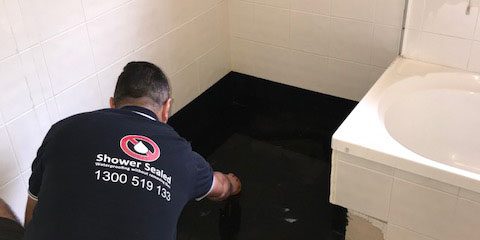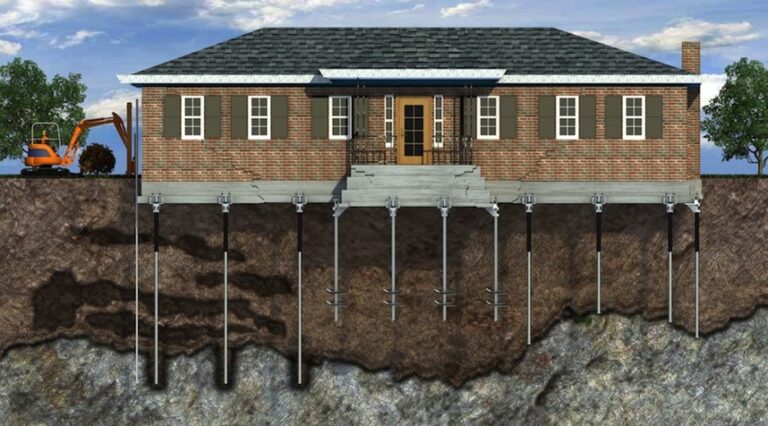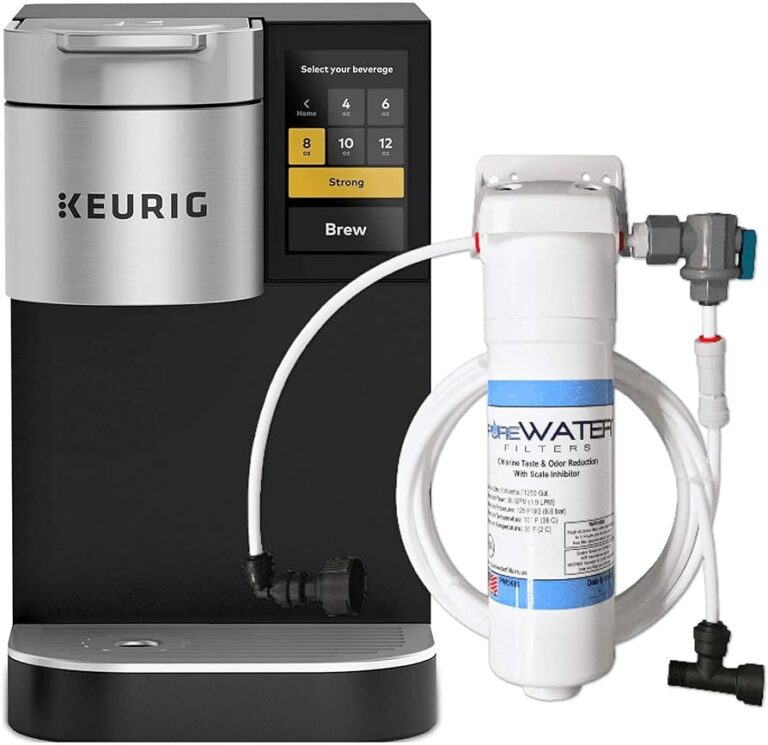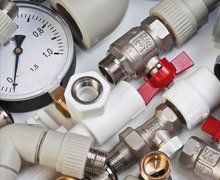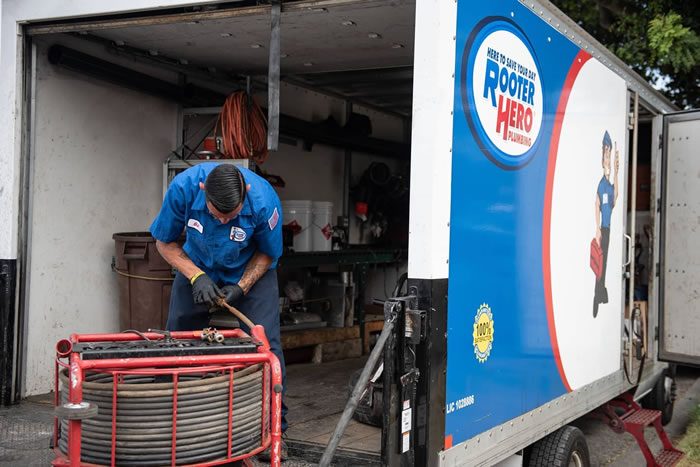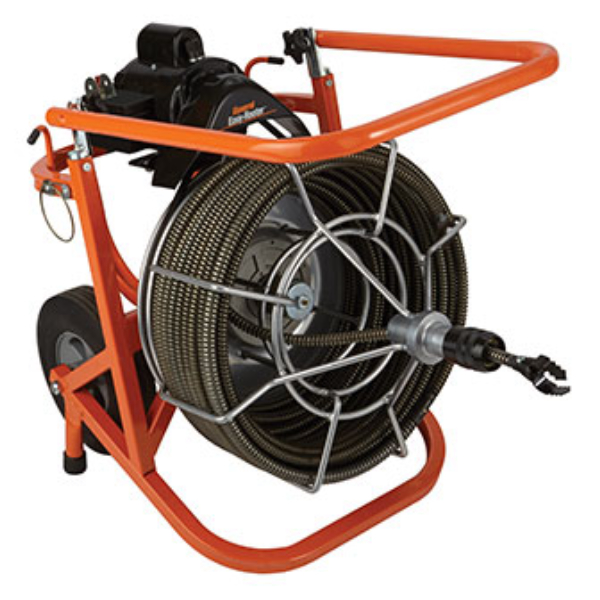How Do I Stop My Bathroom Floor From Leaking?
If you are experiencing a leak from the bathroom floor, it can be a difficult problem to diagnose and fix. Depending on the cause of the leak, you may need to replace or repair parts of the plumbing system, such as the pipes, the toilet, or the drains. It is important to identify the source of the leak before attempting any repairs, as this will help you determine which parts need to be replaced or repaired. Once the source of the leak has been identified, you can then take steps to stop it from leaking. This may include replacing any damaged parts, performing a thorough inspection of the plumbing system, or even using a waterproof sealant to prevent future leaks.
Identifying the Source of the Leak
Having a leaking bathroom floor can be a big headache. It can not only cause damage to the flooring, but it can also create a hazardous environment. To prevent further damage, it is important to find the source of the leak and take the necessary steps to fix it.
The first step in identifying the source of a bathroom floor leak is to inspect the pipes and fixtures in the area. Check the piping for any signs of corrosion, or evidence of water damage. Pay special attention to the joint connections, as these are often the weakest points in the system. If any of the fixtures appear to be leaking, it is best to replace them as soon as possible.
It is also important to check the flooring itself for any signs of water damage. If the flooring appears to be discolored or warped, it is likely that the source of the leak is located beneath it. If this is the case, it may be necessary to remove the flooring to gain access to the pipes.
Finally, the area around the bathroom should also be inspected. Look for any signs of water damage on the walls, ceilings, and even in the basement below the bathroom. If the leak is coming from a higher level, it may be necessary to call a professional plumber.
Identifying the source of a bathroom floor leak is the first step in finding a solution. By carefully inspecting the fixtures, flooring, and surrounding area, it is possible to pinpoint the exact source of the leak and take the necessary steps to fix it.
Inspection and Preparation
When it comes to preventing your bathroom floor from leaking, inspection and preparation are key components. First, inspect your bathroom structure for any signs of water seepage, such as discolored paint, peeling wallpaper, or moldy surfaces. If you detect any of these signs, it’s time to take action.
Next, prepare the area for repairs. This may involve cleaning the surface, removing any old caulk or grout, and patching any holes to prevent further water damage. Once the area is prepped, it’s time to start addressing the source of the leak.
If you find that the leak is coming from a pipe, you’ll need to first shut off the water supply and then repair the pipe. This could involve replacing a pipe joint, patching a damaged pipe, or replacing the entire pipe. If the leak is coming from a crack in the floor, you’ll need to patch it up with a waterproof sealant or patching compound.
Finally, you’ll need to make sure that the area is properly sealed and that no water is getting in. This could involve applying a new layer of caulk or grout and making sure that all the surfaces are dry. Once everything is dry, you’ll be ready to start enjoying your dry, leak-free bathroom floor.
Determining the Appropriate Repair Method
Water leakage in the bathroom can be a pesky problem that needs to be addressed as soon as possible. To effectively tackle the issue, it’s essential to determine the appropriate repair method. Depending on the severity of the leak, the most effective repair may involve repairing or replacing an entire section of the bathroom floor.
For minor water leakage, the issue could be resolved by sealing the affected area with a waterproofing sealant. It is important to note that the sealant should be applied to a dry surface. Additionally, the sealant should be applied to all of the seams and joints of the flooring for optimal protection.
For more serious cases, replacing the leaking section of the floor may be the best repair option. To do this, the affected area of the floor should be removed, and a new section of flooring should be installed in its place. Replacing the leaking section of the floor may require the assistance of a professional contractor, as it can be a difficult task.
Ultimately, the best repair method for a leaking bathroom floor will depend on the severity of the leak. Minor water leakage can often be repaired with a waterproofing sealant, while more serious cases may need the assistance of a professional contractor to replace the leaking section of the floor.

Waterproofing the Floor
Bathroom floors are exposed to a lot of moisture and can be prone to leaks. To prevent this, it is important to waterproof the floor properly. Fortunately, it is a relatively simple process that can be done with a few common materials. To keep your bathroom floor from leaking, begin by installing a waterproofing membrane. This membrane is a thin layer of plastic that is placed under the floor tiles, creating a barrier that prevents moisture from seeping through. You can also apply a sealant to the floor, which will fill any cracks or gaps to further protect the floor from water damage. Lastly, make sure to use tiles that are specifically designed for bathrooms, as they will be more resistant to water and moisture. Following these simple steps will help ensure that your bathroom floor is protected and leak-free.
Installing New Fixtures
Installing new fixtures is one of the most effective ways to stop your bathroom floor from leaking. This can be a complex process, but the results are worth it. New fixtures are designed to be more water-resistant than older models, providing improved durability and longevity. When purchasing new fixtures, be sure to look for models with an integrated shut-off valve, so you can quickly turn off the water in case of a leak. Additionally, look for fixtures with a high water pressure rating, as this will help reduce wear and tear on the unit. If you have the skills and resources, you may wish to install the fixtures yourself, but if not, a professional plumber can help you out. By taking the time to install new fixtures, you can be sure that your bathroom floor won’t suffer from leaks in the future.
Maintaining the Floor to Prevent Future Leaks
Bathroom floors are prone to leaking, but this issue can be prevented with proper maintenance. It’s important to inspect the floor regularly and perform repairs if necessary. To prevent leaks, make sure to check for any cracks or weak spots in the floor, as these can be potential entry points for water. Additionally, take care to ensure that all fixtures and pipes are properly sealed and caulked. Periodic resealing of the grout and caulking can also help to keep your floor watertight.
For more serious issues, it may be necessary to replace the flooring altogether. If this is the case, it’s important to choose a waterproof material such as ceramic tile, vinyl, or laminate. These materials are designed to resist moisture and protect against future leaks. As a final step, make sure to install a waterproof underlayment to add extra protection against leaks.
By regularly inspecting and maintaining your bathroom floor, you can ensure that your floor remains watertight and prevent future leaks. Taking the time to properly inspect and repair your floor can save you money in the long run, as it can help to prevent costly water damage.
FAQs About the How Do I Stop My Bathroom Floor From Leaking?
Q: What are the most common causes of bathroom floor leaks?
A: Common causes of bathroom floor leaks include damage to the flooring, worn or loose fixtures, and faulty plumbing.
Q: How can I identify the source of a bathroom floor leak?
A: To identify the source of a bathroom floor leak, look for moisture around fixtures, under flooring, or in the walls. You can also check for signs of water damage, such as discolored or warped flooring.
Q: What steps can I take to prevent future bathroom floor leaks?
A: To prevent future bathroom floor leaks, inspect fixtures and plumbing to ensure there are no loose connections or worn parts. Additionally, regularly check for water damage and make any necessary repairs promptly.
Conclusion
It is important to take the necessary steps to stop your bathroom floor from leaking. Depending on the source of the leak, you can either repair or replace the pipes, seal the joints, or install a new floor pan or shower base. You should also inspect the area around the leak to make sure that there are no other potential sources of water infiltration. Taking these steps can help keep your bathroom floor dry and free from leaks.

